PASADENA, Calif. — The final seconds were so anticlimactic it almost didn’t feel like a proper Rose Bowl. Ohio State fans roared through a stadium-wide cheer of “O-H-I-O” as Oregon fans trickled out in a deflated exodus.
“Go back to Eugene!” Buckeyes cornerback Jermaine Mathews Jr. shouted at no one in particular as the clock counted down to No. 8 seed Ohio State’s commanding 41-21 victory Wednesday in the College Football Playoff quarterfinals game against the top-seeded Ducks.
A forceful victory and a mind-boggling collapse.
Of all the College Football Playoff teams that could have been upset, dominated or straight-up embarrassed off the field, absolutely no one predicted Oregon would be in the running for the most stunning collapse of the season. No one.
https://www.instagram.com/p/DETsfniOk6B/
Yet the Ducks hobbled out of the Rose Bowl dripping in disappointment and irony. No one figured this Oregon team would ever be on the losing end of a blowout. Except maybe Ohio State.
College football fans love a good debate. Buttressed by logic and facts or complete meritless nonsense, they’ll materialize a debate out of thin air if they have to. And especially if it’s about the playoff.
But one playoff detail that never seemed up for debate for much of the regular season was Oregon’s ranking and high esteem, further enhanced by a Big Ten championship in the school’s first season in the 18-team conference.
No one debated the Ducks as the No. 1 team this year, especially as every other national title contender had blunders and at least one loss. No one questioned whether they’d get the playoff committee’s top seed, and no one tried to mitigate their perfect 13-0 record going into the postseason. Oregon was so clearly the best and most complete team from August to December, with an offense led by a Heisman Trophy contender and one of the most formidable defenses in the country.
So when Ohio State absolutely boat-raced the Ducks off the field in the playoff quarterfinals, after the shock waned, you’ve got to wonder: What the hell happened, Oregon?
“They clicked tonight and we didn’t,” Ducks coach Dan Lanning said. “When you play a great team like Ohio State, you can’t not be clicking on all cylinders, and they were.”

Arizona State unexpectedly took Texas to two overtimes before falling Wednesday. Group of Five rep Boise State put up a fight before losing to Penn State on New Year’s Eve. Both squads should be proud.
But barely a week after fans, coaches and ESPN personalities lamented the top seeds blowing out the lower seeds at home, here was Oregon, the undisputed No. 1 seed, falling at a neutral site in the same time zone as Eugene.
The Ducks didn’t have the easiest draw in the playoff bracket or path to the national championship, and everyone knew there was a good chance for an all-Big Ten Rose Bowl and a rematch from earlier this season.
I suspect most people anticipated a heated contest more closely resembling October’s one-point Oregon home win. Maybe it wouldn’t be *that* close, maybe it wouldn’t come down to the final drive. But you’re lying if you thought the Buckeyes would outscore Oregon, 34-8, in the first half on their way to a convincing victory.
To be fair, Ohio State bounced back from its unfathomable regular-season finale loss to Michigan and crushed Tennessee in the first round of the CFP. Things were clicking again, as its offense began to spread the ball around its $20 million roster and actually throw to its NFL-bound receiving corps.
But Lanning’s Ducks should have been ready. They had weeks to build a general game plan, 11 days to prepare for a team they already beat this season and plenty of weapons on both sides of the ball.

“I just don’t think we had a good enough plan as coaches tonight, and we have to find ways to prepare ourselves for these moments better,” Lanning said.
“We’ve got to be able to adjust a little bit faster,” he added. “We didn’t adjust fast enough.”
But this kind of collapse from the undisputed No. 1 team in the regular season was shocking. Inexplicable. Oregon didn’t wilt and instead fought back in the second half, but overcoming a 34-point deficit is unsurmountable for most teams.
Maybe the Ducks resent not getting an on-campus game, a decidedly awesome feature of the expanded playoff. Maybe the rest hurt them more than it helped, or they looked too far ahead. Maybe they really did have the worst draw in the bracket and earned the right to have a big gripe against the playoff committee. Maybe Ohio State was simply better or learned from October mistakes.
Any validity to Oregon’s complaints about its draw and the reward for being No. 1 evaporated after the Rose Bowl’s first 30 minutes. The games are the ultimate deciders, and as sports continually remind us, sometimes the best regular-season team doesn’t win it all.
“We believe that when we’re executing at a high level that we can play with anybody in the country,” Ohio State coach Ryan Day said. “We knew we had to be at our best today.”
Ohio State looked better than it has all season, especially against an inarguably strong opponent, and freshman wide receiver Jeremiah Smith had a record-breaking night. The Buckeyes were playing at a different elevation than the Ducks. They jumped out to a huge lead and only relinquished a touch of it.
College football is weird, the playoff amplifies that and top-seeded Oregon was the latest to fall.
[lawrence-auto-related count=3 tag=421393249]
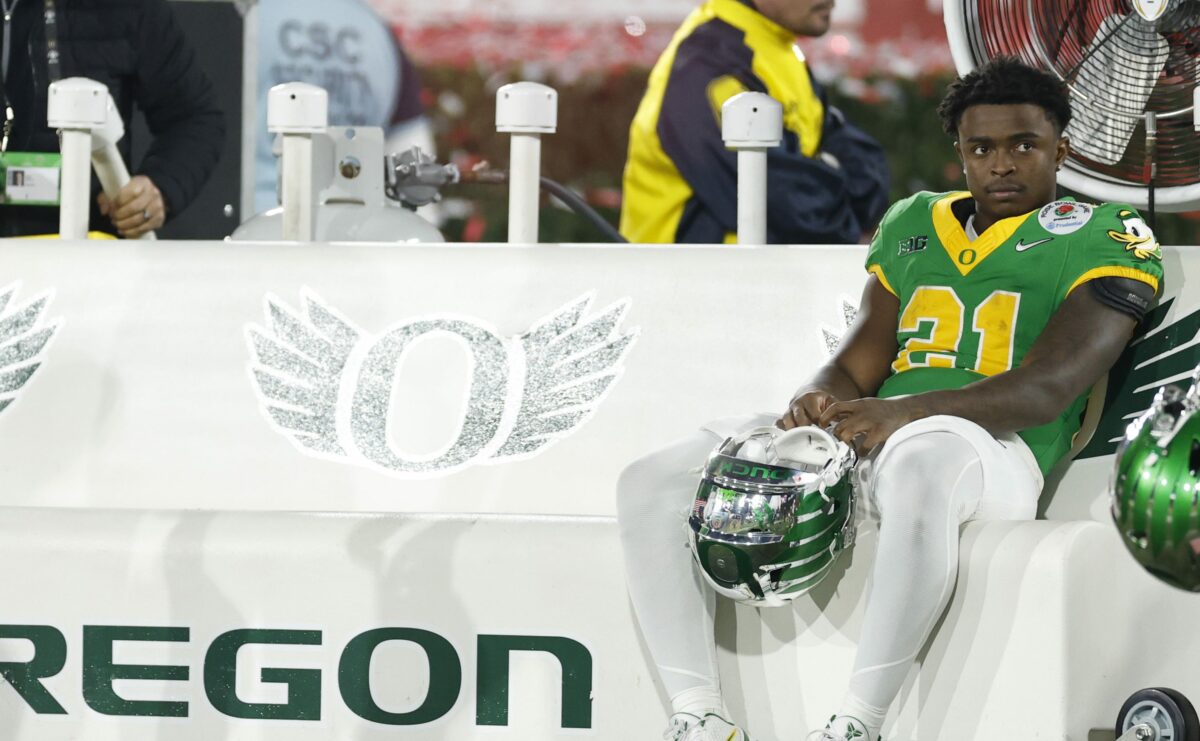
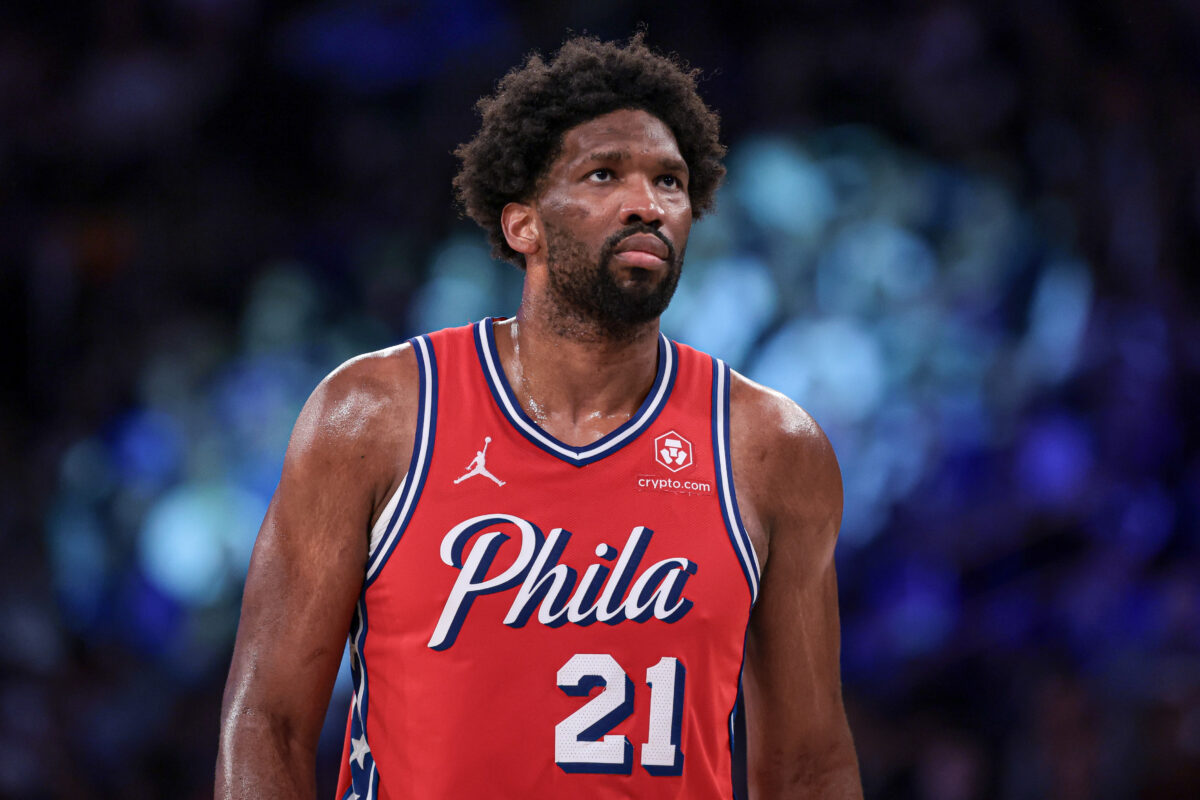
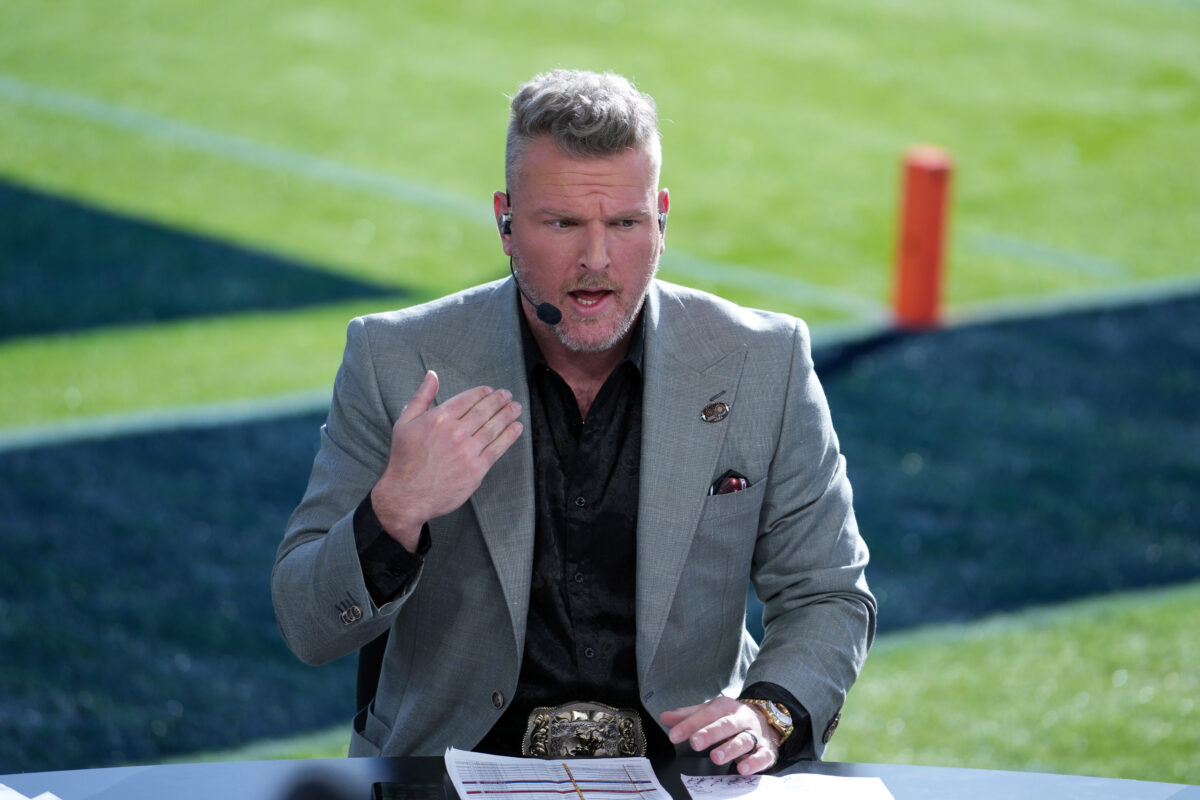

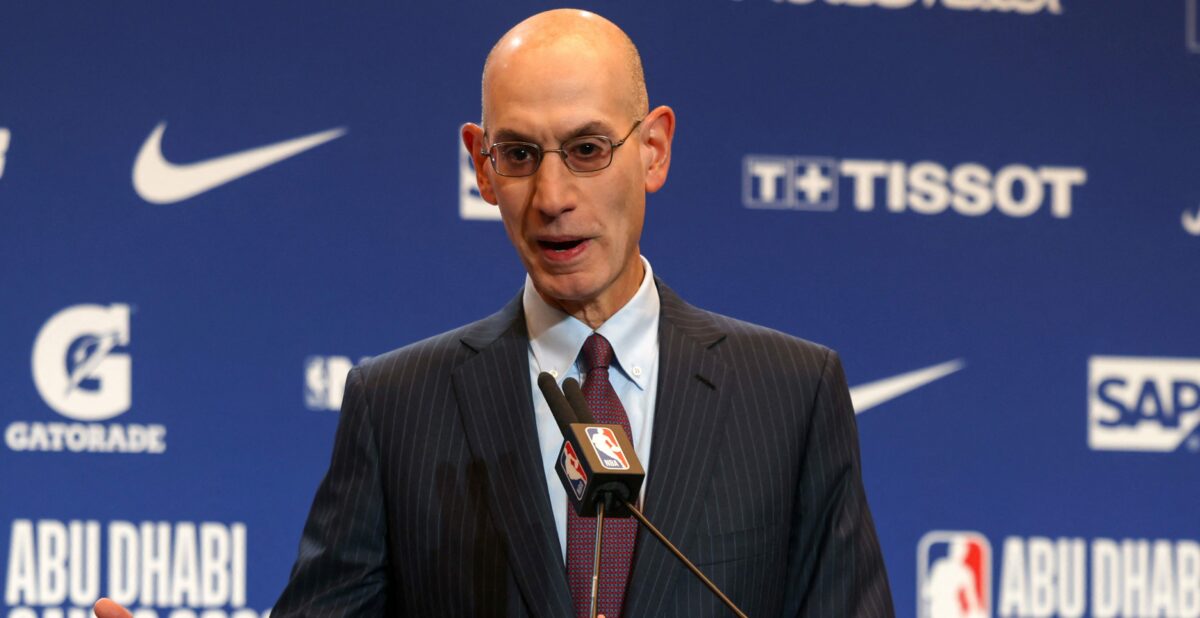
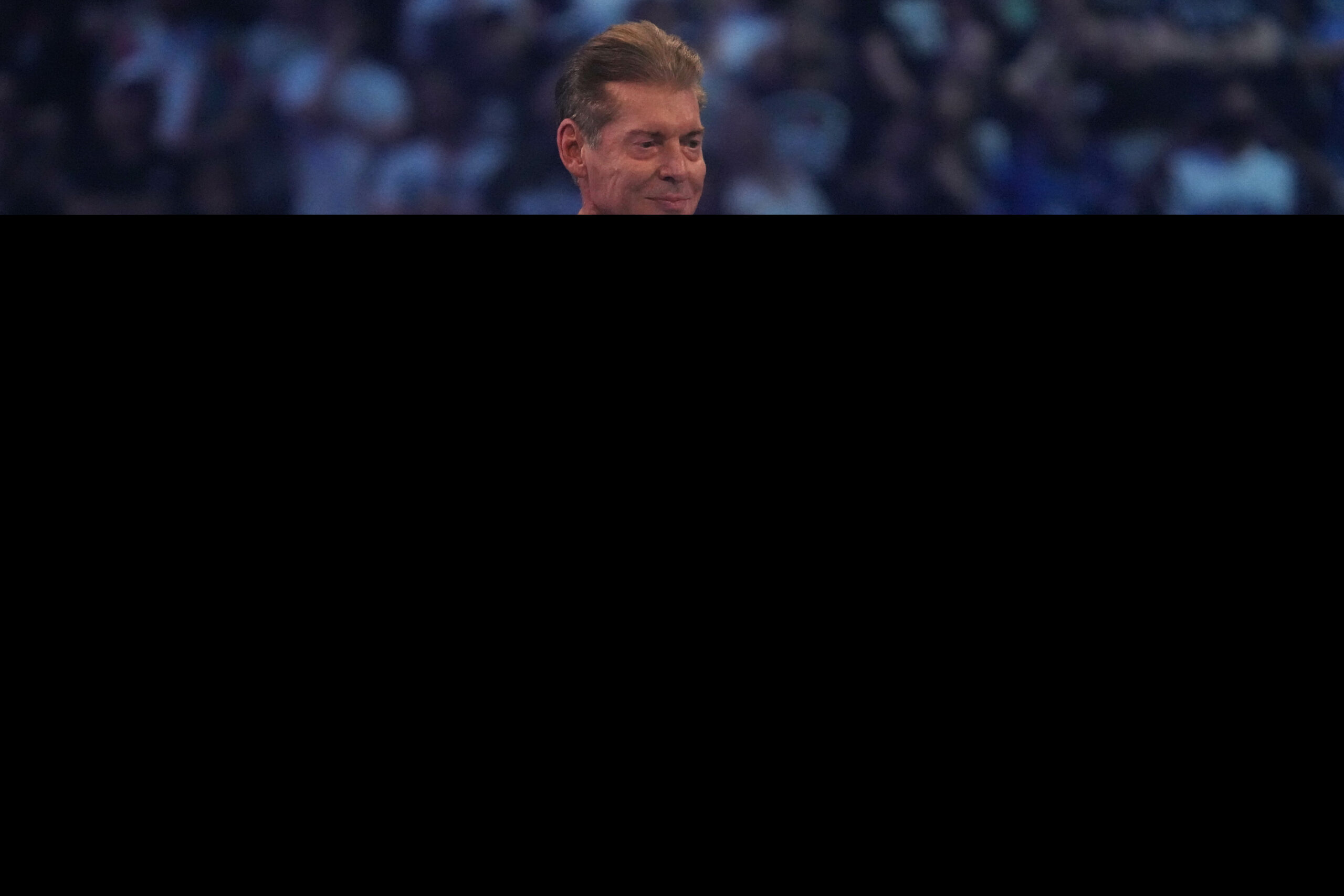
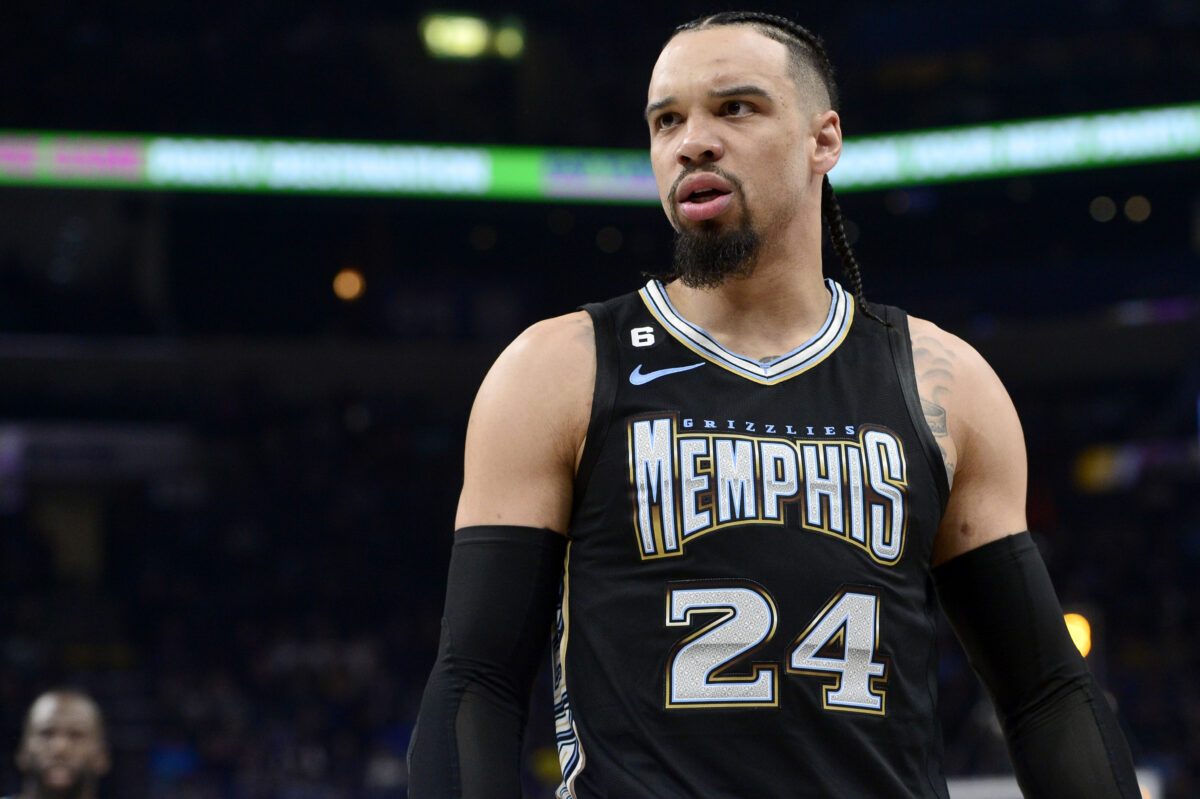
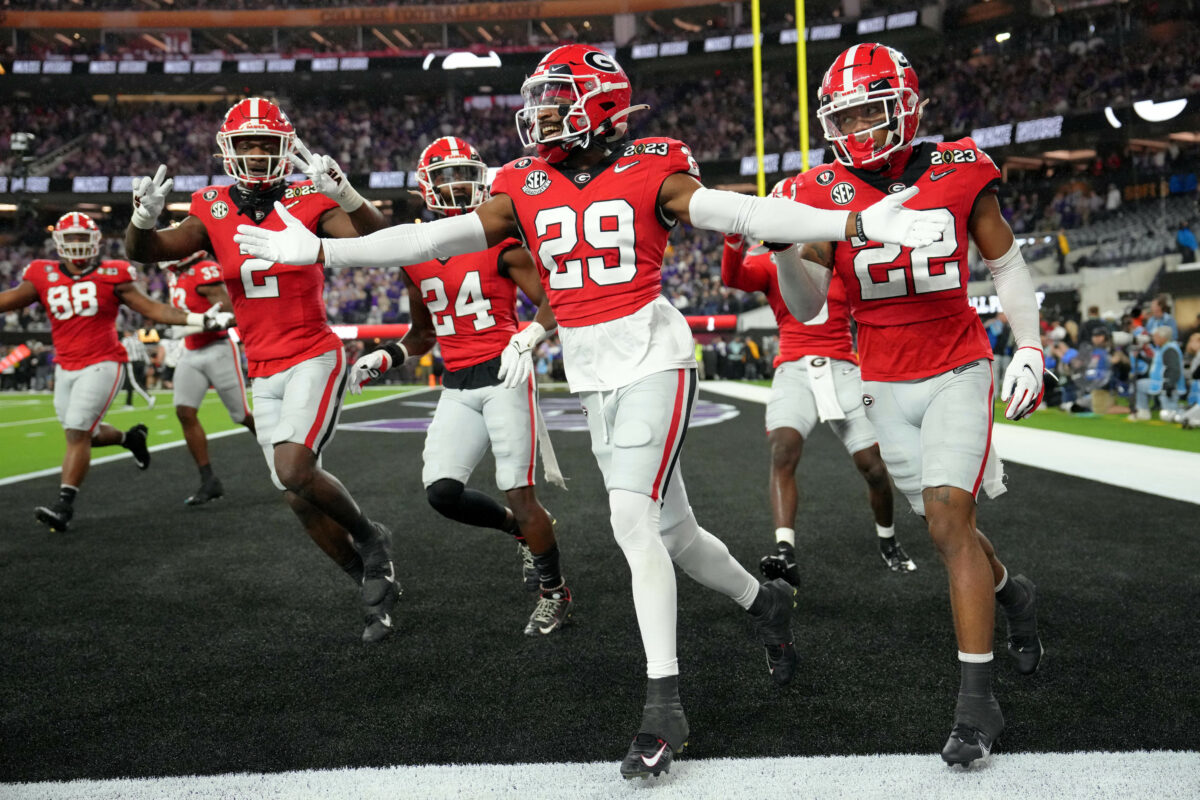



 :
: 

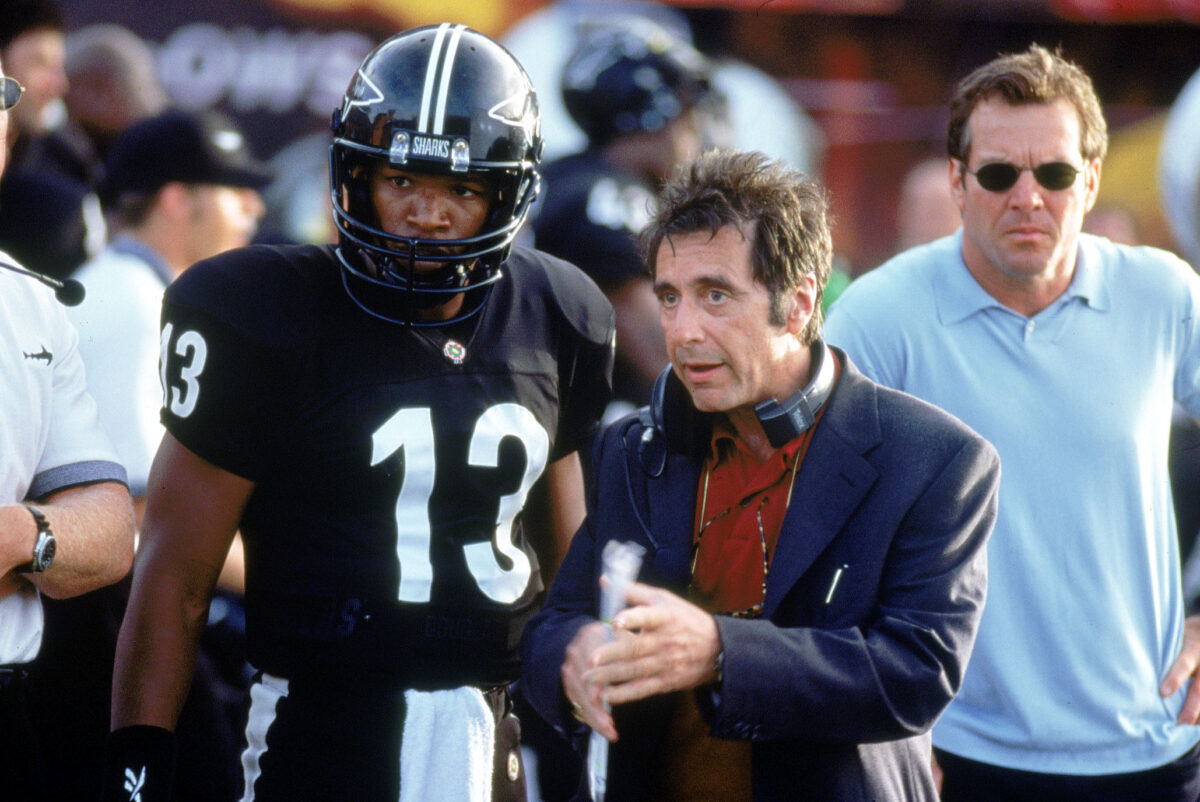


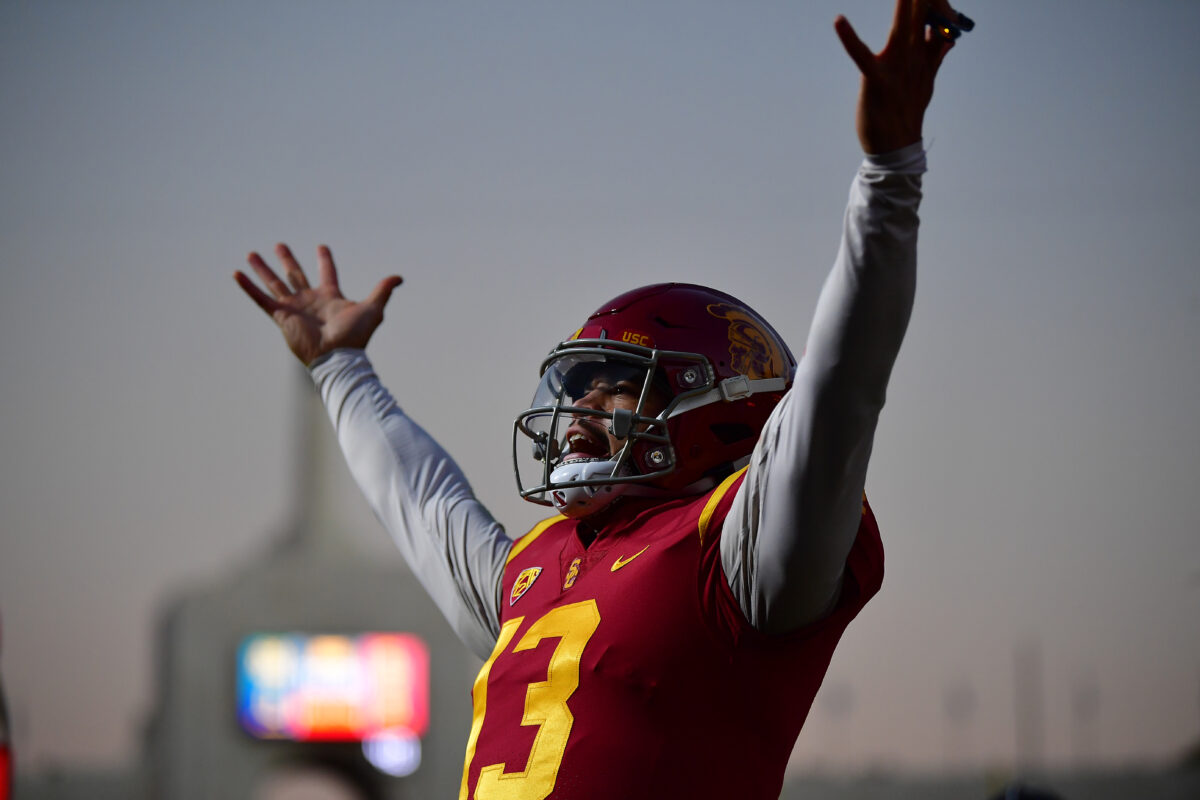



 !
! :
:  (@uscfb)
(@uscfb) 
